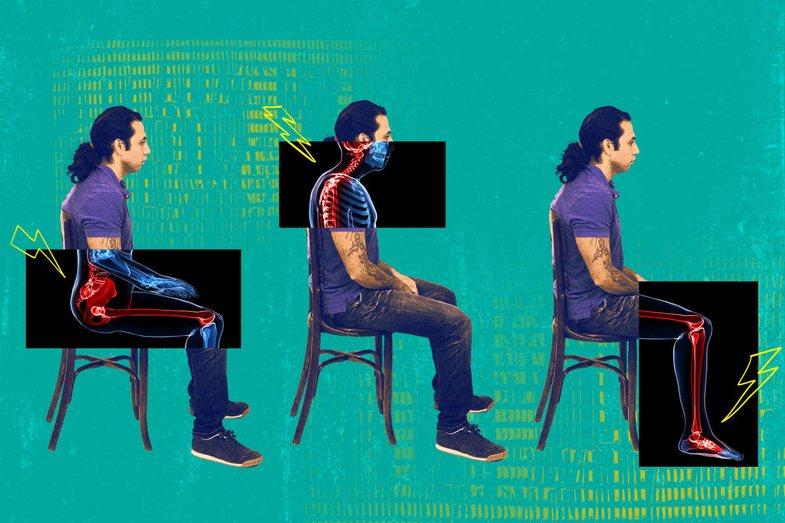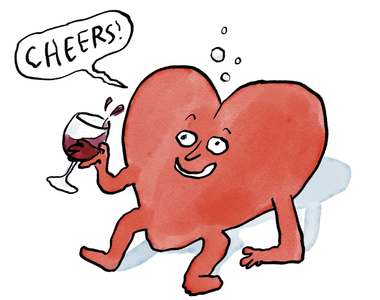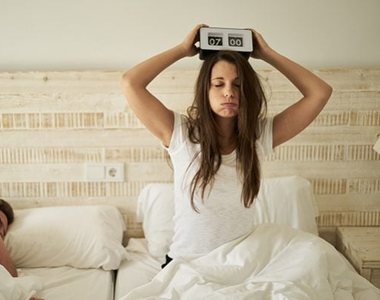Sitting for long periods of time is harmful to our health. However, an easy way to reduce this effect is to take a light walk for five minutes every half hour. This is the main conclusion of a study , published in the journal " Medicine & Science in Sports & Exercise ".
In this study, participants - who were healthy - were placed in a laboratory for eight hours a day, representing a standard workday. On one of the days, they sat for a full eight hours, with only a few short bathroom breaks. On other days, the researchers tested different strategies to break up sitting by taking light walks. For example, on one of the days, participants walked for one minute every half hour, while on another day, they walked for five minutes every hour.
The goal was to find the minimum amount of walking necessary to mitigate the harmful effects of prolonged sitting. The researchers measured changes in blood sugar levels and blood pressure, two major risk factors for heart disease.
The study showed that light walking for five minutes every half hour was the only one that significantly lowered blood sugar levels, compared to sitting all day. These walks reduced post-meal sugar spikes by almost 60%. Also, this strategy lowered blood pressure. Even the shortest and most infrequent walks showed improvements. For example, just one minute of brisk walking every hour reduced tension.
In addition to physical benefits, hiking also has significant mental health benefits. Participants who walked for five minutes every half hour reported less fatigue, better mood and felt more energetic. Even walking once an hour was enough to improve mood and reduce fatigue.
A lifestyle where you have to sit for long periods leads to chronic diseases such as diabetes, heart disease and some types of cancer in higher percentages, compared to those who move during the day. It also significantly increases the risk of early death. Even if you do physical activity every day, this may not be enough to reduce the damage caused by sitting for long periods.
Suggested Articles:








